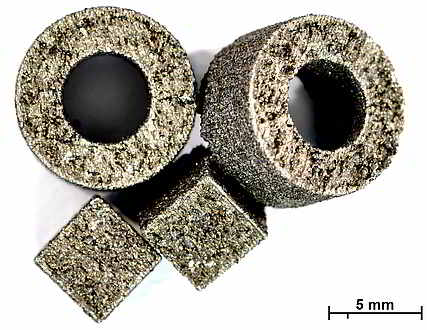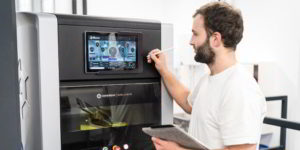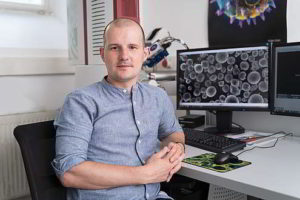
Views: 12
– Magnetic materials are an important part of electrical products. They are generally manufactured using conventional production processes using rare earths. Several research teams from the University of Technology in Graz are working to make them more environmentally friendly.
Minapim by Hernan Valenzuela: Whether in wind turbines, electric motors, sensors or magnetic switching systems: permanent magnets are used in many electrical applications. They are generally manufactured by sintering or injection molding. Due to the increasing miniaturization of electronics and the geometric requirements associated with magnets, these conventional production methods are increasingly reaching their limits. Additive manufacturing technologies, on the other hand, offer the design freedom necessary to manufacture magnets that are optimally adapted to the respective requirements. 3D printable sustainable Super Magnets promise to be an eco-friendly solution with high efficiency.
Custom Magnets

Researchers at the University of Technology in Graz, along with colleagues from the Universities of Vienna and Erlangen-Nuremberg and a team from Joanneum Research, have now managed to produce super magnets using laser-based 3D printing. The metallic powder of the magnetic material is applied in layers, the particles are connected to each other by melting. This creates a component that is made entirely of metal. The process is so sophisticated that researchers can print magnets with high relative density and, at the same time, control their microstructure. “The combination of these two properties guarantees the efficient use of materials, because we can adapt them exactly to the respective application”, says Siegfried Arneitz and Mateusz Skalon, from the Institute of Materials Science, Connection Technology and Training Technology at the University of Technology in Graz .
The research group initially focused on the production of neodymium-iron-boron magnets (NdFeB magnets). Neodymium belongs to the group of so-called rare earths and, due to its chemical properties, forms the basis of many strong permanent magnets, irreplaceable in computers, smartphones and other important applications. The researchers describe their work in detail in the Journal Materials. However, there are also applications such as electric brakes, magnetic switches or certain electric motor systems in which the magnetic force of NdFeB magnets is not required and is also not desired.
Search for alternatives to rare earth metals

Siegfried Arneitz, a doctoral student at the Materials Science Institute, is working on 3D printed magnets – building on the results of previous research. Arneitz is dedicated to the 3D printing of magnets based on iron and cobalt (Fe-Co magnets). These are promising alternatives to NdFeB magnets. In two respects: rare earth mining is complex and not very sustainable; recycling of these metals is still in its infancy. Fe-Co-based magnets, on the other hand, are much less harmful to the environment.
In addition, rare earth metals lose their magnetic properties with increasing temperature, while special Fe-Co based alloys maintain their magnetic performance even at temperatures of 200 to 400 degrees Celsius and are characterized by good temperature stability.
The first results leave Arneitz confident: “Previous theoretical calculations have shown that the magnetic properties of these materials can be increased by two to three times. With the design freedom that 3D printing offers, we are confident that we can move closer to that goal. In cooperation with several institutes, we will continue to work on this topic in order to offer alternative magnetic materials for areas where neodymium-iron-boron magnets are not needed “.
Source: Graz University of Technology TU Graz
Related article: Magnets for the second dimension
Did you like the article? Sign up for the free newsletter!